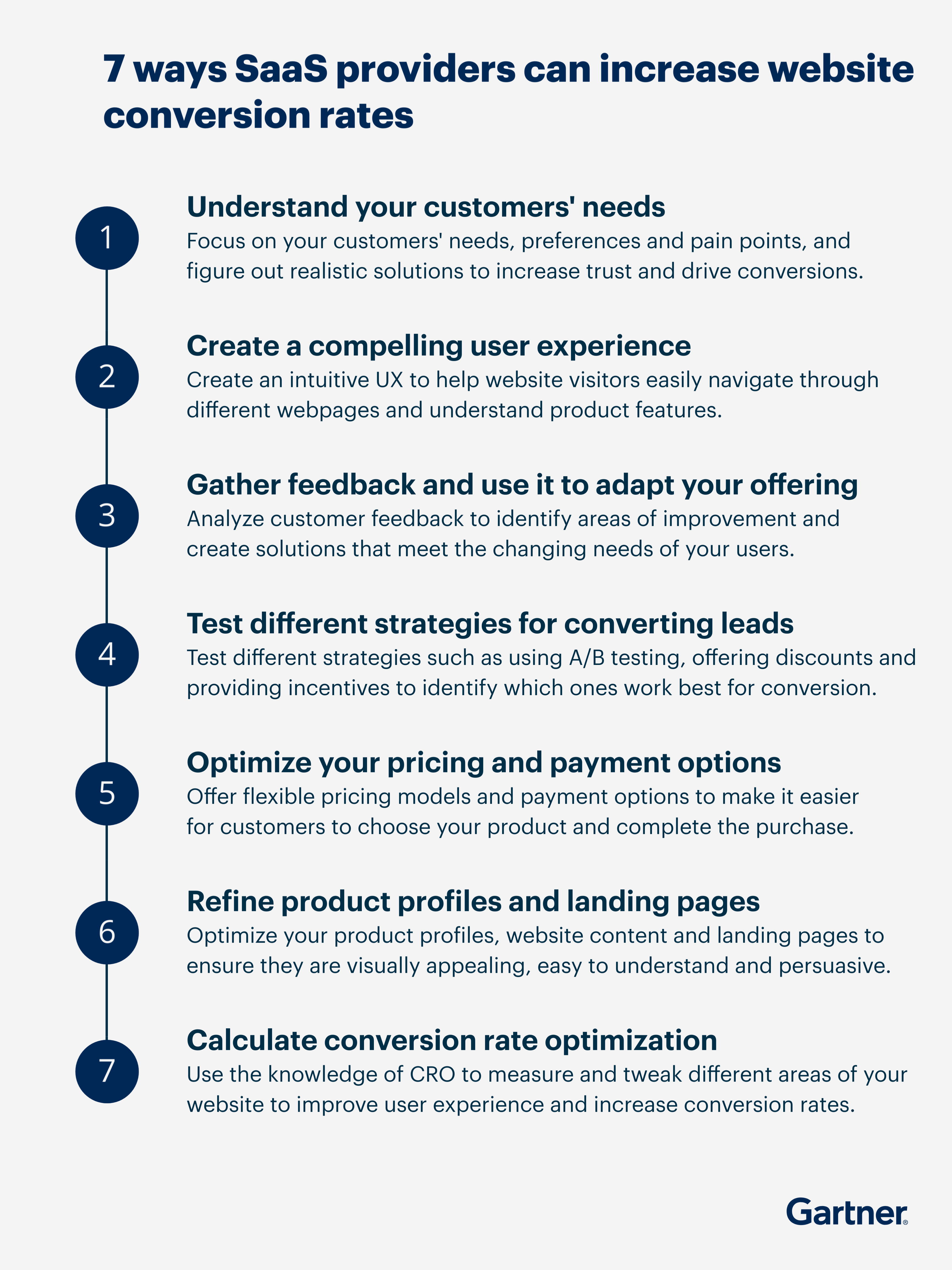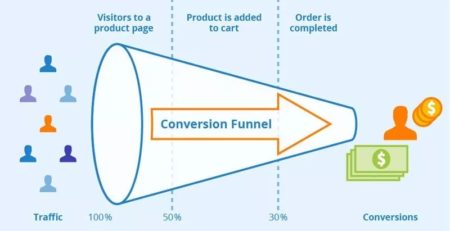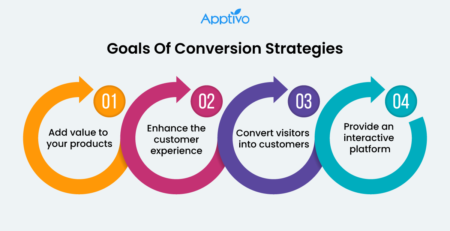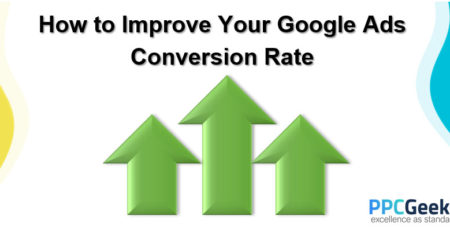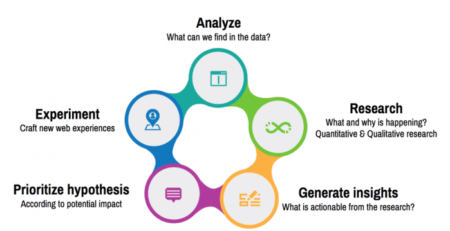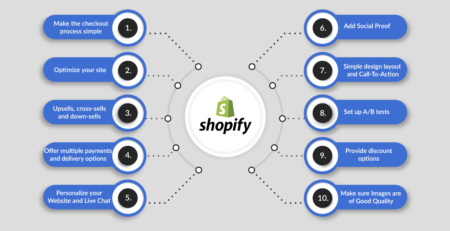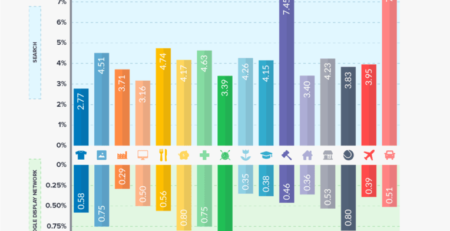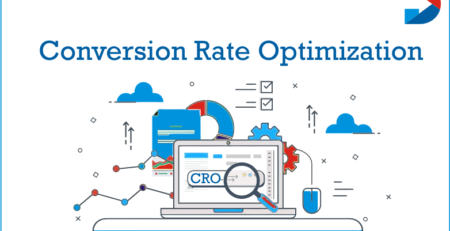How To Increase Conversion Rate On Site?
Welcome to the exciting world of increasing conversion rates on your website! Want to know how to turn your site visitors into loyal customers? Well, you’ve come to the right place. In this article, we’ll explore some tried and tested strategies for boosting your site’s conversion rate. So, let’s dive in and start transforming your website into a conversion powerhouse!
Picture this: your website is like a virtual store, and your goal is to entice visitors to make a purchase. But how do you do that? One word: conversions. A conversion happens when a visitor takes a desired action on your site, like buying a product, filling out a form, or signing up for a newsletter. The higher your conversion rate, the more successful your site becomes. And that’s what we’ll be unlocking in this guide – the secrets to increasing your conversion rate and growing your online business.
Now, you might be wondering, why should I even care about my conversion rate? Well, here’s the deal. A high conversion rate means more sales, more leads, and more revenue. It’s like having a superpower that propels your business forward. But don’t worry if your current conversion rate isn’t where you want it to be. In the following paragraphs, we’ll explore some practical tips and strategies to help you boost those numbers and achieve your business goals. So, let’s get started on the path to conversion rate success!
- Create a clear and compelling value proposition.
- Simplify your website’s navigation and make it user-friendly.
- Add high-quality visuals and engaging content.
- Include strong calls-to-action throughout your site.
- Implement trust signals, such as customer testimonials and trust badges.
By following these steps, you can increase your site’s conversion rate and turn more visitors into customers.
How to Increase Conversion Rate on Site?
Welcome to our comprehensive guide on how to increase the conversion rate on your website. Having a high conversion rate is crucial for the success of any online business. It refers to the percentage of visitors who take a desired action, such as making a purchase or filling out a form. By optimizing your website and implementing effective strategies, you can significantly improve your conversion rate and drive more sales. In this article, we will provide you with actionable tips and techniques to help you achieve this goal.
1. Optimize Your Website Design
Your website design plays a crucial role in influencing the conversion rate. A well-designed website that is visually appealing, easy to navigate, and optimized for mobile devices can greatly enhance the user experience and encourage visitors to take action. Here are some key points to consider:
- Keep the design clean and uncluttered to avoid overwhelming your visitors. Use whitespace effectively to allow important elements to stand out.
- Ensure fast loading times by optimizing image sizes, minimizing the use of plugins, and using a reliable hosting provider.
- Make your website mobile-friendly to cater to the growing number of mobile users. Use responsive design to ensure your site looks great on all devices.
By optimizing your website design, you can create a positive first impression and make it easier for visitors to navigate your site and complete the desired actions.
2. Create Compelling Headlines and Call-to-Actions
The headline is often the first thing visitors see when they land on your website. A compelling and attention-grabbing headline can pique their interest and entice them to explore further. Here’s how you can create effective headlines:
- Use strong and persuasive language to convey the value of your product or service. Highlight the benefits or unique selling points.
- Mention specific numbers or statistics to add credibility. For example, “Increase your sales by 50% with our proven strategies.”
- Personalize the headline to resonate with your target audience. Address their pain points and offer a solution.
In addition to compelling headlines, you should also focus on creating clear and persuasive call-to-actions (CTAs). Your CTAs should be noticeable, concise, and action-oriented. Use actionable words such as “buy now,” “sign up,” or “subscribe” to encourage visitors to take the desired action.
3. Improve Website Loading Speed
Slow loading times can greatly impact your conversion rate. Studies have shown that visitors are more likely to abandon a website if it takes too long to load. Here are some tips to improve your website’s loading speed:
- Optimize images by resizing them and using compression tools to reduce file sizes without compromising quality.
- Minimize the use of unnecessary scripts, plugins, and external resources that can slow down your site.
- Use browser caching to store static files, such as images and CSS, on visitors’ devices, reducing the need to reload them during subsequent visits.
By optimizing your website loading speed, you can provide a better user experience and reduce the chances of visitors leaving before taking any action.
4. Leverage Social Proof
Social proof is a powerful psychological phenomenon that can influence people’s decisions. By showcasing positive reviews, testimonials, and social media engagement, you can build trust and credibility among your visitors. Here’s how you can leverage social proof:
- Display customer testimonials and reviews prominently on your website. Use real names and photos whenever possible to increase authenticity.
- Show the number of social media followers, likes, and shares your brand has to demonstrate its popularity.
- Include trust badges or security seals to reassure visitors that their personal information is safe and secure.
Social proof can be a powerful motivator for visitors to take action, as they feel more confident in their decision knowing that others have had a positive experience with your brand.
5. Implement A/B Testing
A/B testing, also known as split testing, is a method of comparing two versions of a webpage to determine which one performs better in terms of conversions. By testing different elements, such as headlines, CTAs, colors, layouts, or even entire page designs, you can identify the most effective variations that yield higher conversion rates. Here are some key points to consider:
- Focus on one element at a time to ensure accurate results. For example, test different headlines before moving on to CTAs.
- Use a reliable testing tool to track and measure the performance of each variation. Google Optimize and Optimizely are popular options.
- Run the test for a sufficient duration to gather enough data for statistically significant results. A minimum of two weeks is recommended.
A/B testing allows you to continuously optimize your website and make data-driven decisions to maximize your conversion rate.
6. Provide a Smooth Checkout Process
A complicated and cumbersome checkout process can lead to cart abandonment and lower conversions. Streamlining the checkout process is crucial to ensure a smooth and hassle-free experience for your customers. Here are some tips to achieve this:
- Implement a single-page checkout whenever possible to reduce the number of steps and form fields.
- Offer guest checkout options to avoid forcing customers to create an account before making a purchase.
- Provide multiple payment options to cater to different preferences and increase convenience.
By simplifying the checkout process, you can minimize friction and encourage more customers to complete their purchases.
7. Utilize Retargeting Campaigns
Retargeting is a powerful marketing technique that allows you to re-engage with visitors who have previously shown interest in your products or services. By targeting these warm leads, you can increase the likelihood of conversions. Here are some strategies for effective retargeting:
- Segment your audience based on their behavior on your website. For example, retarget visitors who have added items to their cart but did not check out.
- Create compelling and personalized ads that offer incentives, such as discounts or free shipping, to entice visitors to return and complete their purchase.
- Set frequency caps to avoid bombarding visitors with excessive ads, which can lead to annoyance and negative associations with your brand.
Retargeting campaigns can be highly effective in reminding potential customers about your offerings and providing them with an extra push to convert.
Additional Tips for Increasing Conversion Rate
Here are a few additional tips to help you further increase the conversion rate on your site:
- Monitor and analyze website analytics regularly to identify areas for improvement and optimize your conversion rate strategies accordingly.
- Offer incentives or limited-time promotions to create a sense of urgency and encourage immediate action.
- Provide clear and detailed product descriptions to help visitors make informed purchasing decisions.
- Create a sense of trust and transparency by including detailed shipping and return policies, as well as contact information.
- Regularly update and improve your website’s content to keep visitors engaged and encourage them to explore further.
By implementing these tips and techniques, you can effectively optimize your website and increase your conversion rate. Remember to monitor your results and make continuous improvements to ensure long-term success.
Now that you have a comprehensive understanding of how to increase your conversion rate, it’s time to take action. Start implementing these strategies today and watch as your business grows and thrives online.
Key Takeaways: How to Increase Conversion Rate on Site?
- Make your website user-friendly and easy to navigate.
- Create compelling and clear call-to-action buttons.
- Optimize your website loading speed for a better user experience.
- Offer incentives or discounts to encourage conversions.
- Use social proof to build trust and credibility.
Frequently Asked Questions
Here are some popular questions about increasing the conversion rate on your site.
1. What are some effective strategies to increase the conversion rate on my site?
There are several strategies you can implement to increase your site’s conversion rate. First, optimize your website’s design and layout to make it visually appealing and user-friendly. Second, create clear and compelling call-to-action buttons that guide visitors towards making a purchase or completing a desired action. Third, make sure your website is mobile-friendly, as more and more people are using mobile devices to browse the internet. Additionally, offer incentives such as discounts or freebies to motivate visitors to take action. Lastly, regularly analyze and track your website’s performance using tools like Google Analytics to identify areas for improvement.
By implementing these strategies, you can enhance the user experience on your website and encourage more visitors to take the desired action, ultimately increasing your conversion rate.
2. How can I optimize my website’s design to improve the conversion rate?
Optimizing your website’s design is critical for improving the conversion rate. Start by ensuring your website loads quickly, as slow loading times can lead to visitors leaving before converting. Next, create a clean and organized layout that highlights your products or services and makes it easy for visitors to find what they’re looking for. Use high-quality images and compelling headlines to capture attention and engage visitors. Additionally, strategically place important information, such as pricing and product details, where it is easily visible. Lastly, make sure your website is easy to navigate, with intuitive menus and clear pathways to the checkout or conversion pages.
By implementing these design optimizations, you can create a visually appealing and user-friendly website that encourages visitors to take action, resulting in a higher conversion rate.
3. How can I create effective call-to-action buttons to increase conversions?
Effective call-to-action buttons are crucial for increasing conversions on your site. Start by using action-oriented language that creates a sense of urgency and compels visitors to take immediate action. Use contrasting colors that stand out from the rest of your website’s design to make the buttons more noticeable. Make sure the buttons are large enough to be easily clickable on both desktop and mobile devices. Additionally, place the buttons strategically throughout your website, such as at the end of product descriptions or on the shopping cart page. Finally, test different variations of your call-to-action buttons, including text, color, and placement, to discover what works best for your audience.
By implementing these strategies, you can create highly effective call-to-action buttons that entice visitors to convert, ultimately improving your site’s conversion rate.
4. Why is it important to have a mobile-friendly website for increasing conversions?
Having a mobile-friendly website is crucial for increasing conversions due to the widespread use of mobile devices. More and more people are using smartphones and tablets to browse the internet and make purchases. If your website is not optimized for mobile devices, visitors will have a poor user experience, leading to higher bounce rates and lower conversion rates. A mobile-friendly website ensures that your content, images, and buttons are properly displayed and easily clickable on small screens. It also improves loading times, as mobile users often have slower internet speeds. By catering to mobile users, you expand your potential audience and increase the chances of converting visitors into customers.
By ensuring your website is mobile-friendly, you can tap into the growing mobile user base and maximize your conversions.
5. How can tracking and analyzing website performance help improve the conversion rate?
Tracking and analyzing your website’s performance using tools like Google Analytics is essential for improving your conversion rate. By analyzing user behavior, you can identify bottlenecks or areas where visitors are dropping off before converting. This could be due to confusing navigation, slow loading times, or ineffective call-to-action buttons. Use the data to make data-driven decisions and implement changes that address these issues. Additionally, tracking conversion goals and funnels can provide insights into which marketing efforts are yielding the best results. Understanding your website’s performance metrics allows you to continuously optimize and improve your site, leading to higher conversions over time.
By regularly tracking and analyzing your website’s performance, you can identify areas for improvement and make data-driven changes that ultimately increase your conversion rate.
Increase Your Conversion Rate By Adding This ONE Page to Your Website
Summary
Boosting your website’s conversion rate can help you get more customers and achieve your goals. By optimizing your website’s design, making it easy to navigate, and optimizing your call-to-action buttons, you can increase the chances of visitors taking the desired action. Additionally, providing social proof, offering incentives, and simplifying the checkout process can also have a positive impact on your conversion rate. Remember, small changes can make a big difference, so experiment, test, and continuously improve your website to drive more conversions.
In conclusion, improving your website’s conversion rate is all about making it user-friendly and persuasive. By implementing these strategies and giving your visitors a seamless and satisfying experience, you can increase the likelihood of converting them into customers or subscribers. So, get started today and watch your conversion rate soar!

